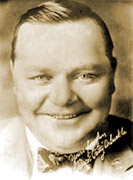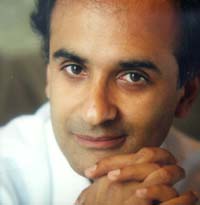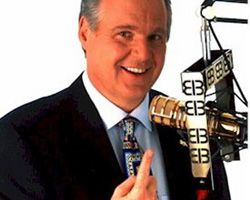September 11, 2011.
Exactly 10 years after the terrorist attacks aimed at both New York City and the Nations Capital; the New York Football Giants will travel to Landover, Maryland to face the Washington Redskins.
The past decade has been very different for both franchises. The Giants have been to the NFL Playoffs five times and defeated an undefeated New England Patriots team in the Super Bowl, becoming the 2007 World Champions. The Redskins on the other hand scraped into the playoffs two times and have been consistently bad.
Skins fans have seen more quarterbacks, offensive coordinators and head coaches than new release movies in the past 10 years. If that isn’t bad enough, they have watched helplessly as their owner flushed millions on top of millions down the drain with poor free agent signings.
The Giants contrarily are on only their second Head Coach for the decade and in 2004 drafted a franchise QB in Eli Manning. The G-Men have been perennial postseason contenders; respected because of their 07 wild-card run (three straight road games) and upset of the Pats to become Champs.
So here’s the real question: who needs this game more?
Skins fans like myself are excited to see year two of the Shanahan’s as well as year two of our Front Office led by an actual General Manager. The Giants are poised to get back to the playoffs and make a run. The ten year anniversary may mean more to New Yorkers, but as far as football goes the Redskins need this win even more than a new quarterback. The Giants have had our number for the past four years. I repeat, FOUR years in which our head to head record is 8-0 in favor of the Giants. We have been dismantled by the Giants on a Thursday, primetime and regular Sunday afternoons. If there is any chance the Redskins franchise can be turned around, it has to start with winning this game.
I think this was a great idea to have this game on this day. If people weren’t excited enough for the NFL season, this game will raise anticipation even more. Win or lose, I can’t wait to cheer for the Skins with 90,000 other fans at FedEx Field this coming Sunday.
Edited: 9/6







